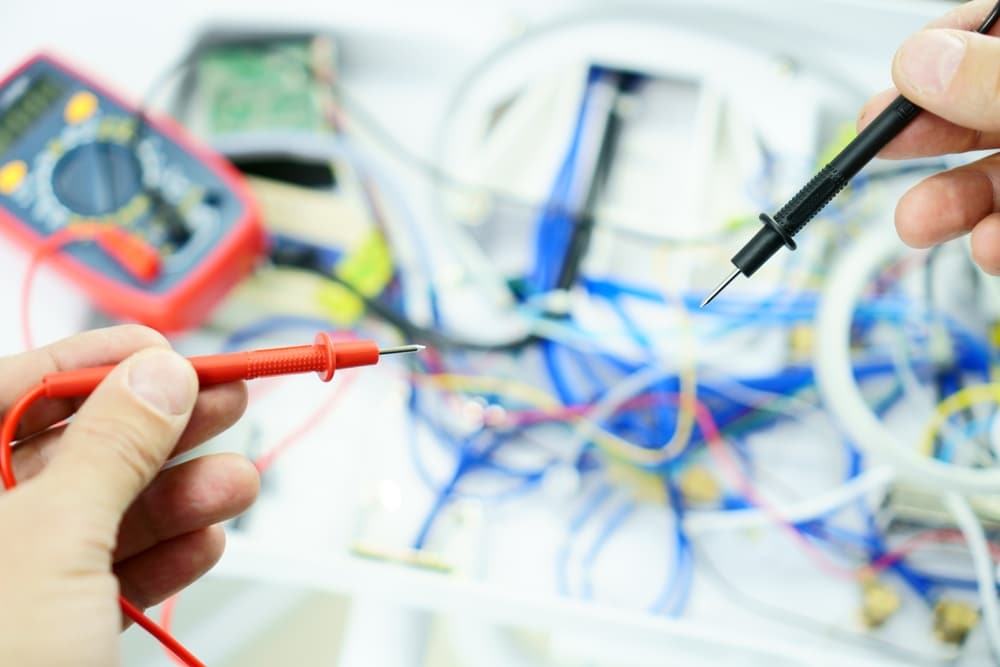The Do's and Don'ts of Dental IT Cabling
In the world of dental technology, the importance of proper IT cabling can’t be overstated. Dental offices rely heavily on technology to maintain patient records, manage appointments, and ensure efficient service delivery. However, common mistakes in dental IT cabling can lead to unnecessary downtime and security risks and even impact the overall patient experience. In this guide, we will explore some essential dos and don’ts to help your dental practice avoid these pitfalls.
Do: Plan Your Cabling Infrastructure
Assess Your Needs
Before laying out a single cable, it’s crucial to assess the specific needs of your dental office. Consider the number of workstations, types of dental equipment, and the layout of your practice. This will help you determine the quantity and types of cables needed, as well as the best routes for them.
Future-Proof Your Setup
Think long-term and opt for high-quality cables that can handle evolving dental IT services and increased data loads. This means investing in cables that support higher bandwidths and can accommodate future technology upgrades.
Don’t: Skimp on Quality
Avoid Inferior Materials
Cheap cabling might seem cost-effective initially, but it can cost you more in the long run due to frequent failures and replacements. Always choose high-grade dental IT cabling that is durable and reliable.
Do: Follow Industry Standards
Adhere to Cabling Regulations
Comply with industry standards and regulations. Proper compliance not only ensures safety but also guarantees optimal performance of your dental technology.
Don’t: Underestimate Cable Management
Neglecting Organization
A disorganized cabling system can lead to a multitude of problems, including increased risk of damage, interference, and difficulty in troubleshooting. Implement cable management solutions to keep your IT infrastructure organized and accessible.
Do: Prioritize Security
Secure Your Network
With patient data on the line, security is paramount. Ensure that your dental IT cabling supports secure network configurations to protect sensitive information from breaches.
Don’t: Forget About Maintenance
Overlook Regular Check-ups
Consistent maintenance is essential to prevent unexpected issues. Schedule periodic check-ups to inspect, test, and clean the cabling infrastructure, ensuring everything is in top condition.
Do: Consult with Dental IT Services Professionals
Seek Expert Advice
For the best results, consult with professionals specializing in dental IT services. They can provide tailored solutions and expert installation to meet your dental office’s unique requirements.
Don’t: Overlook the Importance of Training
Train Your Team
Your staff should be well-versed in the basics of your dental office’s IT infrastructure. This includes understanding the layout and being aware of how to prevent disruptions caused by mishandling of cables.
By following these dos and don’ts, you can ensure that your dental office’s IT cabling is efficient, secure, and prepared for the future. Avoiding common mistakes not only enhances your practice’s operations but also contributes to the provision of the best possible care to your patients.
If you’re ready to upgrade your dental office’s cabling or need professional dental IT services, reach out to industry experts today. With the right approach, your dental practice can become a technological leader in the healthcare industry.
For more information on how to improve your dental office’s technology infrastructure, please contact us or leave a comment below.




